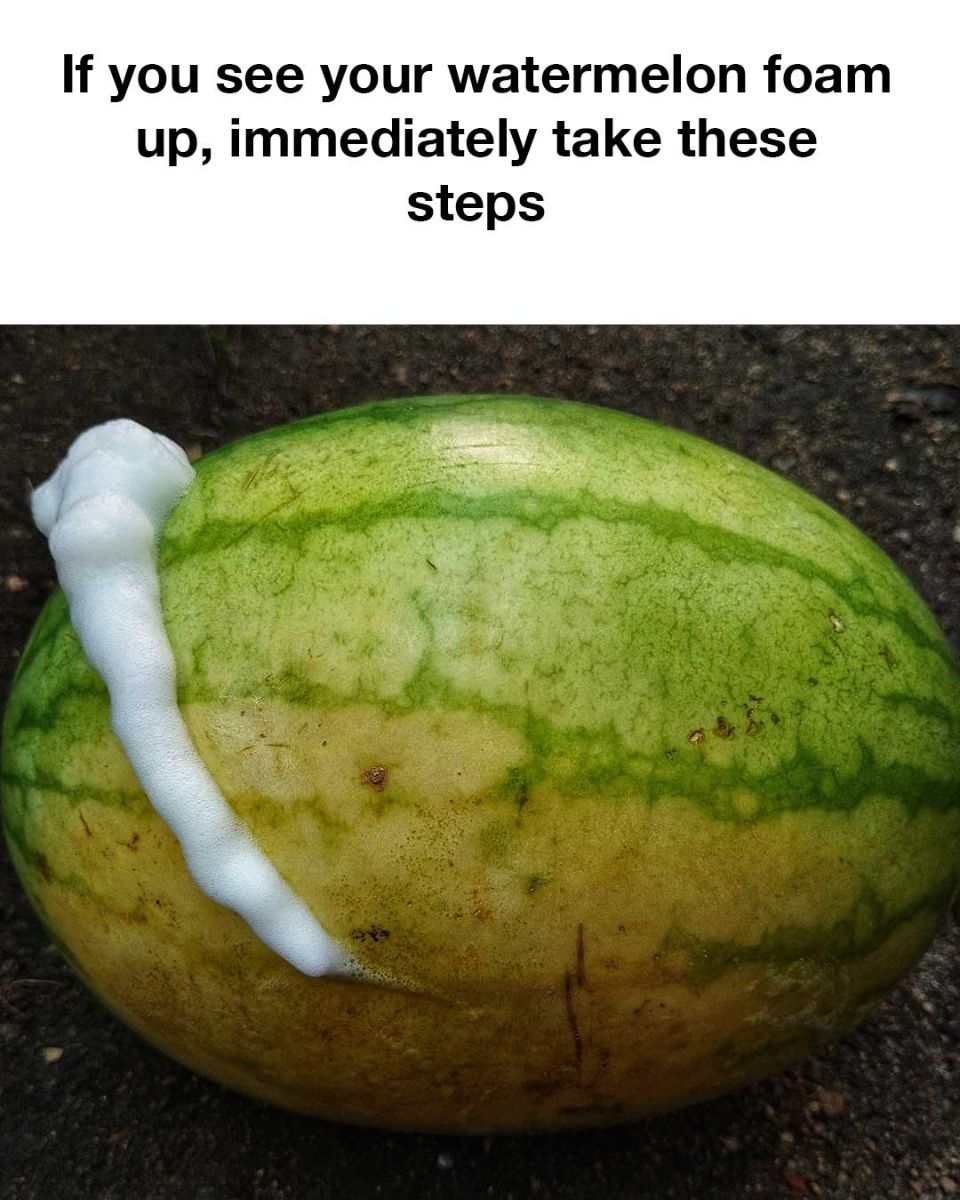Oh Man, I Just Saw This Happen to Mine the Other Day! Hubby Almost Ate It!
Watermelons are a beloved summer fruit—refreshing, sweet, and hydrating. But what happens when you notice something unusual? Like, say, your watermelon starts foaming?
It sounds like something out of a horror movie, but foaming watermelons can actually happen, and they can be quite dangerous. Here’s everything you need to know about why a watermelon may foam, whether it’s safe to eat, and what to do if it happens to you.
Why Is My Watermelon Foaming?
Foaming in watermelons is not something most people expect to see. The culprit is usually fermentation, which occurs when yeast or bacteria start to break down the sugars in the fruit. This process produces carbon dioxide gas, leading to the formation of foam. There are several reasons this can happen:
Overripe Fruit: When a watermelon becomes overripe, the natural sugars start to break down more quickly, increasing the likelihood of fermentation.
Microbial Contamination: If a watermelon is punctured or cracked, bacteria or yeast can enter and start fermenting the sugars in the fruit.
Temperature Fluctuations: Watermelons stored in warm or fluctuating temperatures may begin fermenting because microbes thrive in warmer conditions.
Pesticide or Chemical Residue: Though less common, chemical reactions from residues on the rind can sometimes cause foaming.
Is a Foaming Watermelon Dangerous?
Yes, it can be dangerous. Foaming usually indicates microbial activity (fermentation) or, in rare cases, chemical contamination. Here’s why foaming watermelons are a red flag:
see next Page

